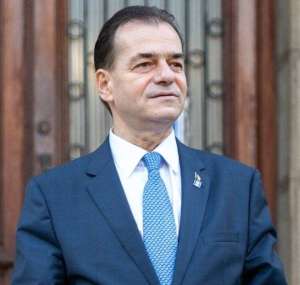The Bundesbank has published the "complete" list of Germany's gold reserves
Călin Rechea (translated by Cosmin Ghidoveanu)
Ziarul BURSA #English Section / 12 octombrie 2015


The acute phase of the sovereign debt crisis in Europe, in the beginning of the decade, has brought back to the attention of the public the significant role of gold in the currency reserves.
Several nongovernmental organizations in Germany have begun a campaign for the repatriation of gold in 2012. The pressures on the central bank, Bundesbank, have picked up steam once the Federal Audit Court wanted to find out the exact status of the quota of gold located outside the country.
At the time, Bundesbank did not follow through on the request, saying that "there are no doubts on the integrity and the safety of the outside deposits", according to Bloomberg.
Meanwhile, the German central bank has begun the process of repatriation of the gold reserves stored abroad, and the transfer has picked up speed in the last part of last year (author's note: see also the article "Bundesbank accelerates the repatriation of Germany's gold", BURSA, January 27th, 2015), amid some similar operations conducted by other European central banks.
Once the audit of the country's gold reserves began, Bundesbank probably came to the conclusion that the thing must be done all the way through, to silence the critics at the very least.
Thus, a few days ago, on the institution's website a press release was published which mentioned the publication of the complete list of the gold bars in the gold reserves.
Data concerning the situation at the end of last year shows that Germany's gold reserve was 3,384 tons, with an estimated value of 107 billion Euros.
The biggest segment of the reserve, 43%, was stored in New York, 35% in Frankfurt, 13% in London and the remaining 9% in Paris.
The table in the press release describes the allocation by custodian, number of bars and the quantity of raw and fine gold.
But that is not all. At the end of the press release is attached a 2307-page document that lists the gold bars in the country's gold reserve, including their stock-keeping unit, the raw weight, the purity and the corresponding weight of fine gold.
The Bundesbank also announces that the "geographical" structure of the reserves will significantly change by 2020, when at least 50% of the reserve will need to be stored in internal deposits, as stated by Carl-Ludwig Thiele, member of the executive management of the bank. Since 2013, the Bundesbank has repatriated 374 tons of gold from Paris and 300 tons from New York.
"In the future, the list of gold bars will be updated annually on the website of the Bundesbank and the holdings of ingots will be published, along with their allocation across custodians, from the end of the previous calendar year", the press release of the German central bank.
To Peter Boehringer, the initiator of the campaign "Repatriate our gold!", the exercise in transparency of the Bundesbank did no go all the way, meaning to include the serial numbers on the gold bars, not just of the stock keeping units. In a letter published on the BullionStar website, Boehringer shows that only such a list would allow the beginning of an audit of the international gold reserves and detecting the double accounting of the gold bullion in the balance sheets of the central bank.
"What the Bundesbank did is nothing but the deliberate launching of a smokescreen, which only produces confusion, without a real transparency", is Peter Boehringer's conclusion.
In the case of our gold reserve, which we know very little about, aside from its face value in lei in the reports of the NBR, even a list similar to the one drawn up by the Bundesbank would represent a big step forward.
When will we see such a well done thing at the National Bank of Romania?













































